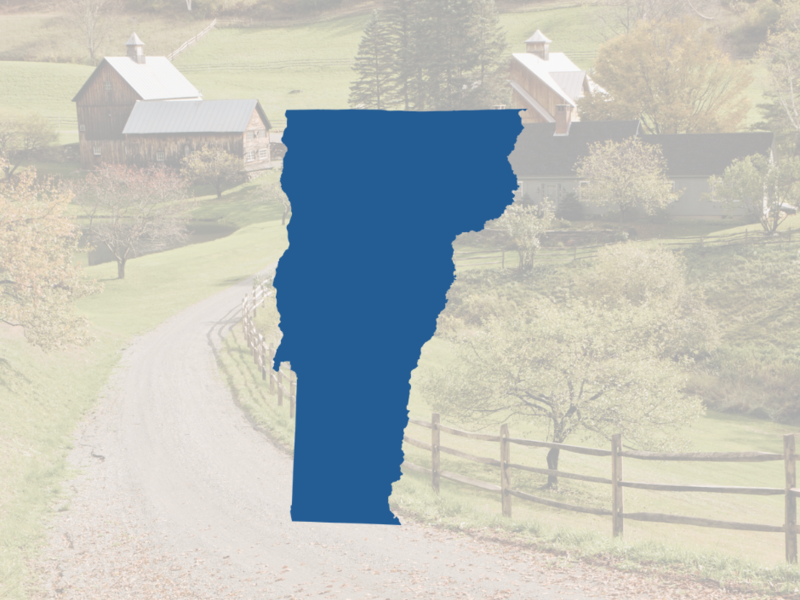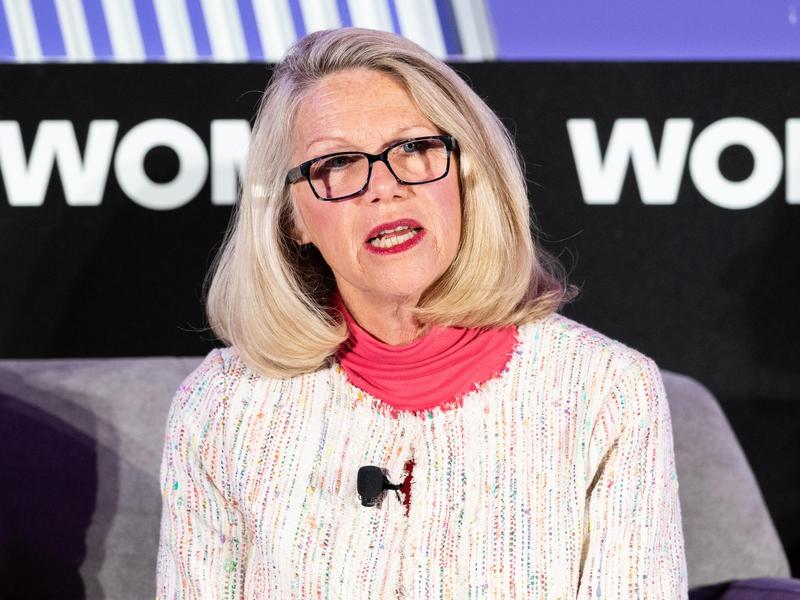
“I vote the person, not the party,” goes the old saying. And while many may still say that, in practice few do. Drew DeSilver at the incomparable Pew Research Center this month updated a great report from two years ago on voting patterns for U.S. Senate and the presidency.
The new report found that 122 of 139 U.S. Senate elections since 2012 “have been won by candidates who belonged to or were aligned with the party that won that state’s most recent presidential race.” That development, the report noted, “represents a marked contrast with prior years: As recently as 2006, nearly a third of Senate contests (10 out of 33) were won by candidates of different parties than their state’s most recent presidential pick.”
The 2016 election was the first since the direct election of senators began in 1914 when every single Senate race was won by a candidate of the same party that carried the state that night in the presidential election. Looking at the most recent election, the report noted that while the 2017-2018 cycle “represented a bit of a departure from this recent pattern, there were only eight such ‘mismatches’ out of 34 regular and special Senate elections—all Democratic victories in states Donald Trump had carried in 2016.”
This current pattern is a real departure from the not-that-distant past. The Pew report noted that “in 1980, for instance, Democrats won Senate seats in 12 of the 31 states that both held Senate races and were carried by Republican Ronald Reagan. (Reagan won all but six states that year; two of those states elected Republican senators despite going for Jimmy Carter, the Democratic incumbent, for president.) In the 1982 midterms, Democrats won 17 of the 28 Senate contests held in states Reagan had won two years earlier.” The Pew report went on to say that the “‘mismatch rate’—the percentage of Senate races won by an opposite-party candidate from a state’s most recent presidential vote—peaked at nearly 59 percent in 1986. That year, Democrats won back control of the Senate two years after Reagan’s 1984 landslide reelection, in which he won every jurisdiction except Minnesota and the District of Columbia. Of the 34 Senate races that year, Democrats won in 20 states Reagan had won two years earlier.”
In 2012, the mismatch rate was 18 percent. But in the 2013-14 cycle that followed, that shrunk to a mere 8 percent. And by 2016, "all 34 Senate contests tracked the presidential vote in their respective states.” One consequence, DeSilver notes, is that only nine states now have split Senate delegations, one from each party.
What all of this means is that incumbency means less than it used to. As someone told me this week, “It’s not the face anymore; it’s the jersey.” Wearing a blue or a red jersey is enough to make some voters automatically vote either for you or against you—based not just on partisanship but, among independents, on who they are most mad at that year.
It isn’t just notions of candidate quality that have become quaint. The very concept of an “October Surprise” may be as well. We could have a substantial share of the vote cast before October even arrives, indeed before the first debate begins on Sept. 29.
Once someone has cast a ballot in advance of Election Day, that vote is locked in no matter what happens later in the campaign. Whether cast by mail or at designated early-voting locations (the course Democrats were pushing at their convention last month), those votes are in the bank. We have long heard parties exhort their faithful to vote, but now they’re being instructed to vote as soon as allowed.
Wendy Underhill and her team at the National Conference of State Legislatures have put together useful reports on when states mail out their absentee ballots, as well as the timetable for early, in-person voting in each state and other changes in voting procedure put in place to work around the coronavirus pandemic.
Early, in-person voting begins in Minnesota 46 days before an election, which is this week, with the average starting time 22 days before the traditional Election Day. As for other battleground states, Arizona opens early voting 26 days out and Ohio does so with 28 days to spare. Other, non-presidential-battleground states with early starts are New Jersey, South Dakota, Vermont, and Virginia (each 45 days); Illinois and Wyoming (both 40 days); Montana and Nebraska (30 days); and Indiana (28 days).
All of this is to say that the pool of available voters to be persuaded is going down every day, and as the Pew report suggests, we’re already starting off with a low number. The apparent surge in voting before the Nov. 3 election means that a lot of advertising is going to be wasted on communicating with people who have already voted.
This story was originally published on nationaljournal.com on September 15, 2020









Subscribe Today
Our subscribers have first access to individual race pages for each House, Senate and Governors race, which will include race ratings (each race is rated on a seven-point scale) and a narrative analysis pertaining to that race.